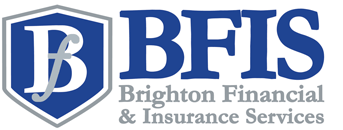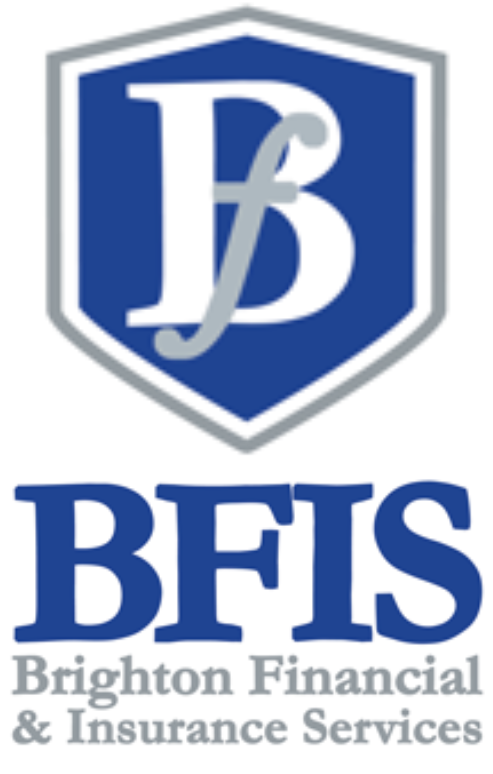House Flipping Insurance in Maryland

9:00am - 6:00pm Mon-Fri
Will Reply in 15min*
Top 3 Recommended Policies
House flipping can be a lucrative business, but it also comes with its fair share of risks. One of the most significant risks is the potential for
financial loss due to unforeseen circumstances. This is where house flipping insurance comes in. In Maryland, there are specific insurance policies tailored to protect house flippers from these risks. This guide will delve into the intricacies of house flipping insurance in Maryland, providing you with all the information you need to navigate this complex landscape.
Understanding House Flipping Insurance
Before we delve into the specifics of house flipping insurance in Maryland, it's crucial to understand what house flipping insurance is. House flipping insurance, also known as builder's risk insurance, is a specialized type of property insurance. It's designed to cover homes under renovation, providing coverage for the structure and, in some cases, the materials on site waiting to be installed.
House flipping insurance is different from a standard homeowner's insurance policy. While a homeowner's insurance policy covers a home that's lived in, house flipping insurance
covers homes that are being renovated. This distinction is crucial because a home under renovation presents different risks than a lived-in home.
Why You Need House Flipping Insurance in Maryland
House flipping insurance is essential for anyone flipping houses in Maryland. The state's diverse climate, ranging from hot, humid summers to cold, snowy winters, can lead to a variety of issues that could potentially damage a property under renovation. These issues can include water damage from heavy rains or snow, damage from high winds, and even potential damage from hurricanes.
Additionally, Maryland's strict building codes and regulations can also pose a risk. If a house flipper fails to adhere to these codes, they could face hefty fines or even legal action. House flipping insurance can provide coverage for these risks, helping to protect your investment.
Types of Coverage
Property Coverage
Property coverage is the most basic type of house flipping insurance. It provides coverage for the physical structure of the home. This includes the walls, floors, ceilings, and any installed fixtures. If these parts of the home are damaged due to a covered event, the insurance company will pay for the repairs or replacement.
It's important to note that property coverage typically only covers the actual cash value of the home, not the potential profit you could make from flipping it. This means that if the home is completely destroyed, you'll only receive compensation for the home's market value before the renovation.
Liability Coverage
Liability coverage is another essential part of house flipping insurance. This type of coverage protects you if someone is injured on your property and decides to sue. For example, if a contractor falls off a ladder and breaks their arm, liability coverage would pay for their medical bills and any legal fees if they decide to sue.
Liability coverage can also protect you if you're found responsible for damage to a neighboring property. For example, if a fire starts at your property and spreads to a neighboring home, liability coverage would pay for the damage.
Materials Coverage
Materials coverage is a type of coverage that's particularly important for house flippers. This type of coverage protects the materials you plan to install in the home. If these materials are damaged or stolen, the insurance company will pay to replace them.
Materials coverage can be particularly beneficial in Maryland, where theft and vandalism can be common issues. With materials coverage, you can rest easy knowing that your investment in high-quality materials is protected.
How to Get House Flipping Insurance in Maryland
Getting house flipping insurance in Maryland involves a few steps. First, you'll need to find an insurance company that offers house flipping insurance. Not all insurance companies offer this type of coverage, so you may need to do some research to find one that does.
Once you've found an insurance company, you'll need to provide them with information about the property. This includes the location of the property, the estimated cost of the renovation, and the estimated value of the home after the renovation. The insurance company will use this information to determine your premium.
After you've provided the necessary information, the insurance company will provide you with a quote. If you agree to the terms, you'll pay the premium and your coverage will begin. It's important to note that you'll need to renew your policy periodically, typically every 12 months.
Conclusion
House flipping insurance is a crucial part of any house flipping business in Maryland. It provides coverage for a variety of risks, helping to protect your investment and ensure your business's success. By understanding the different types of coverage and how to get house flipping insurance, you can navigate the Maryland house flipping insurance landscape with ease.
Remember, while house flipping insurance can provide significant protection, it's not a substitute for careful planning and risk management. Always ensure you're adhering to Maryland's building codes and regulations, and take steps to protect your property and materials from damage and theft. With the right approach, you can flip houses in Maryland with confidence, knowing that you're protected against the unexpected.
Request A House Flipping Insurance Quote
Get Started Today!
We'll Reply in 15min or less*
House Flipping Insurance
We will get back to you as soon as possible.
Please try again later.
*Response time varies based on hours of operation
BFIS | Brighton Financial & Insurance Services
Useful Links
We also serve the Dublin, Fremont, Oakland, San Francisco, and San Jose areas. - Licensed in Alabama, Arizona, California, Florida, Georgia, Hawaii, Idaho, Illinois, Michigan, Missouri, Nevada, New York, Ohio, Oklahoma, Pennsylvania, South Carolina, Tennessee, Texas, Washington and Wisconsin
All Rights Reserved | The Brighton Financial & Insurance Services | Legal Disclaimer | Privacy Policy



